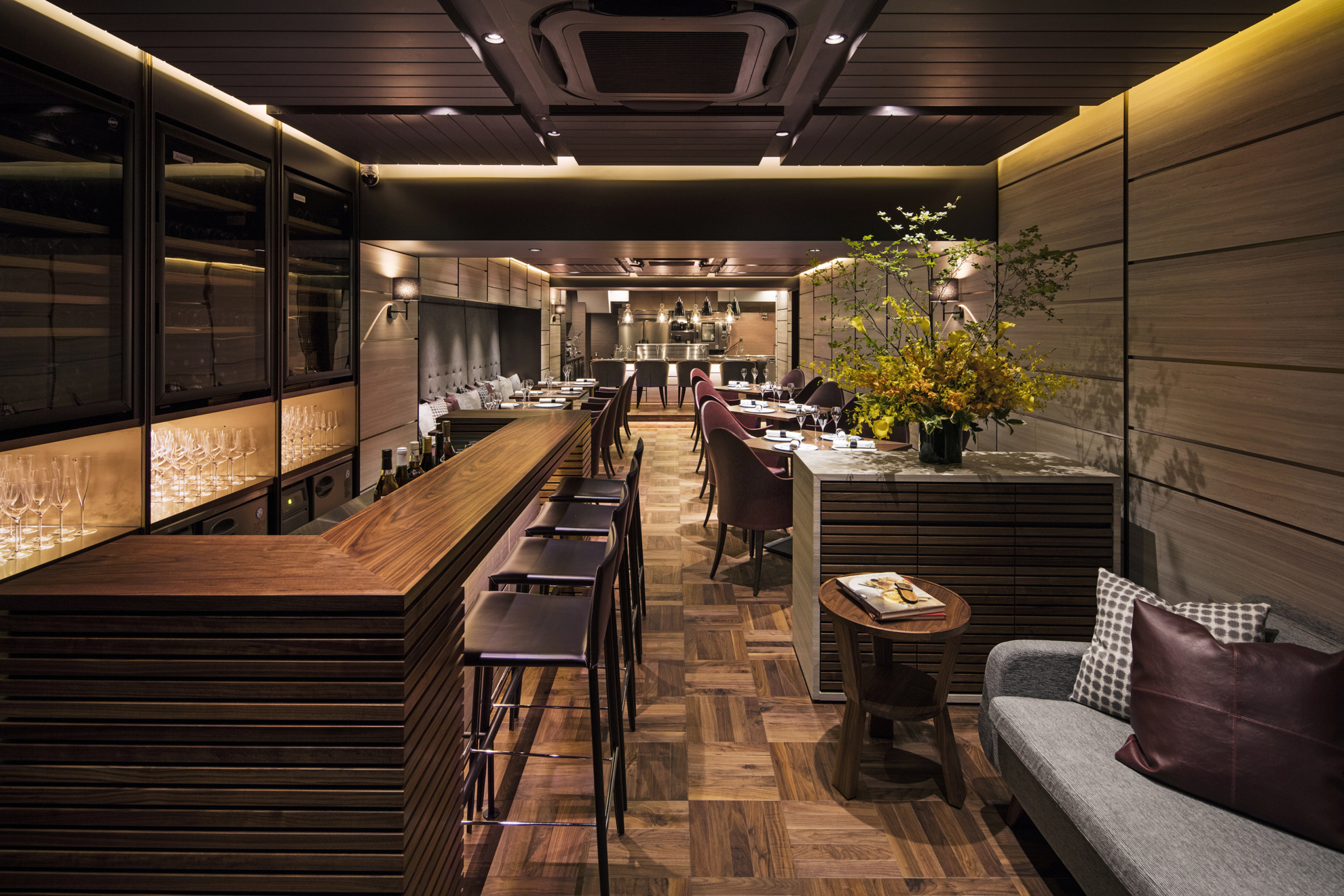
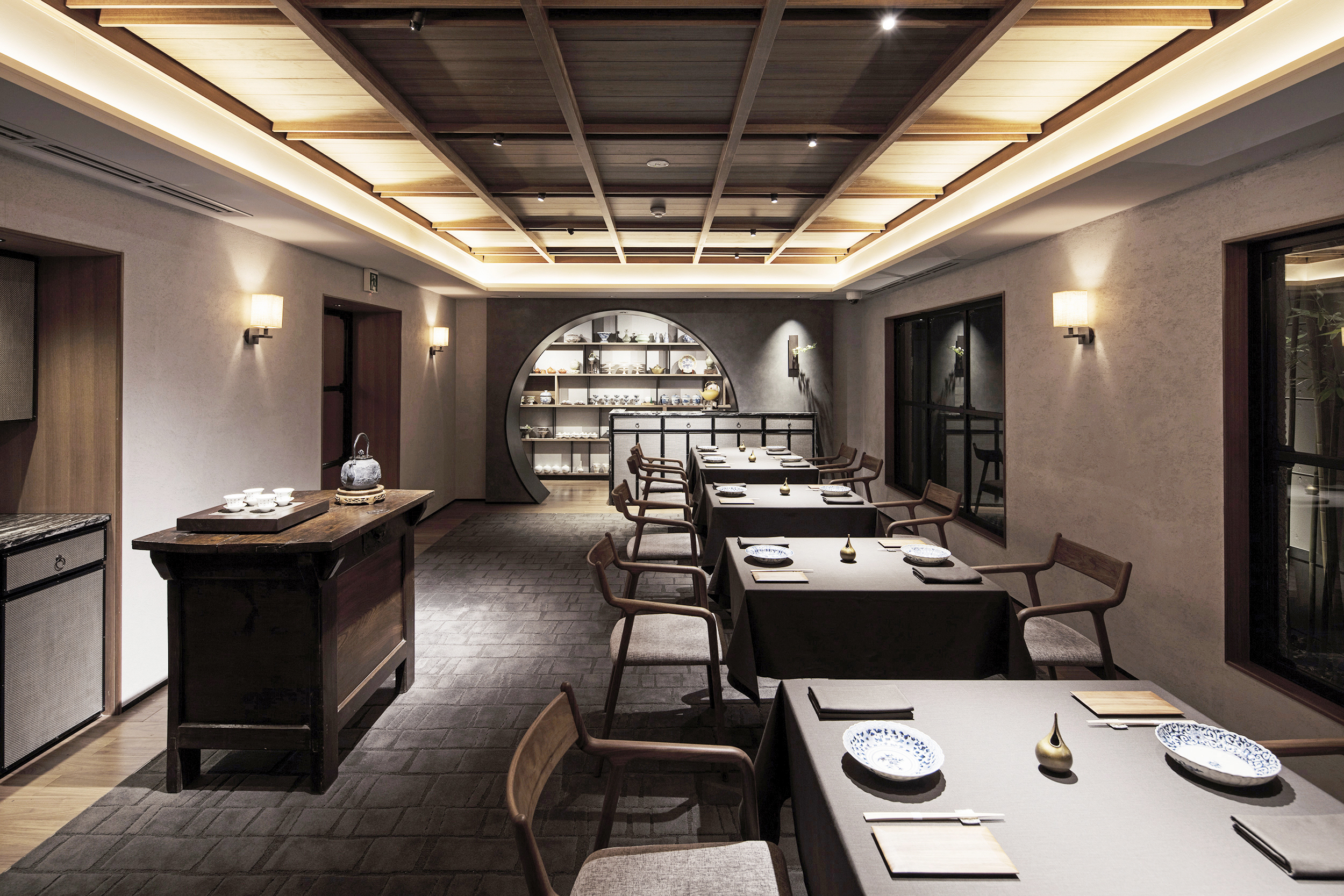
SAZENKA -CHINESE RESTAURANT-
茶禅華
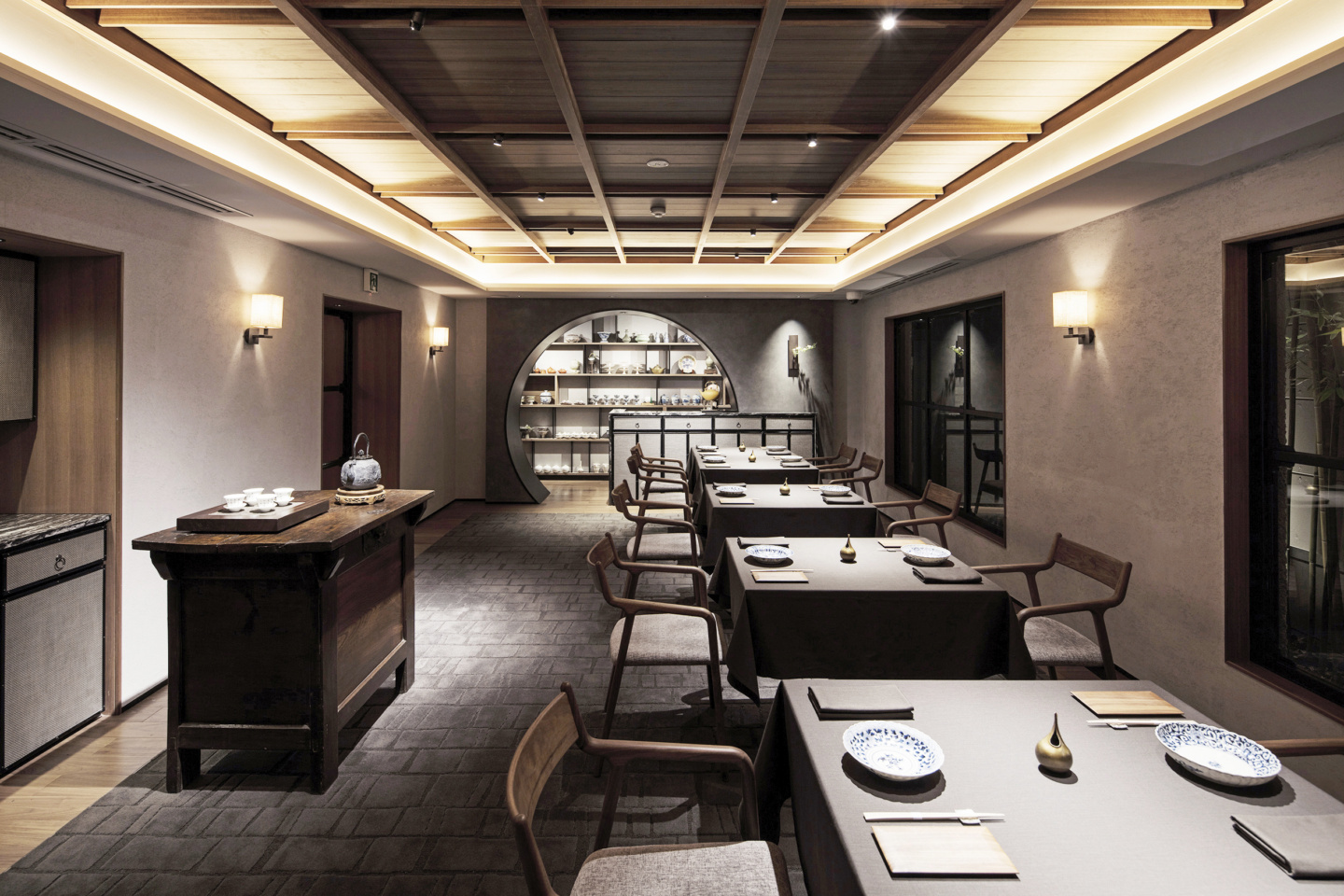
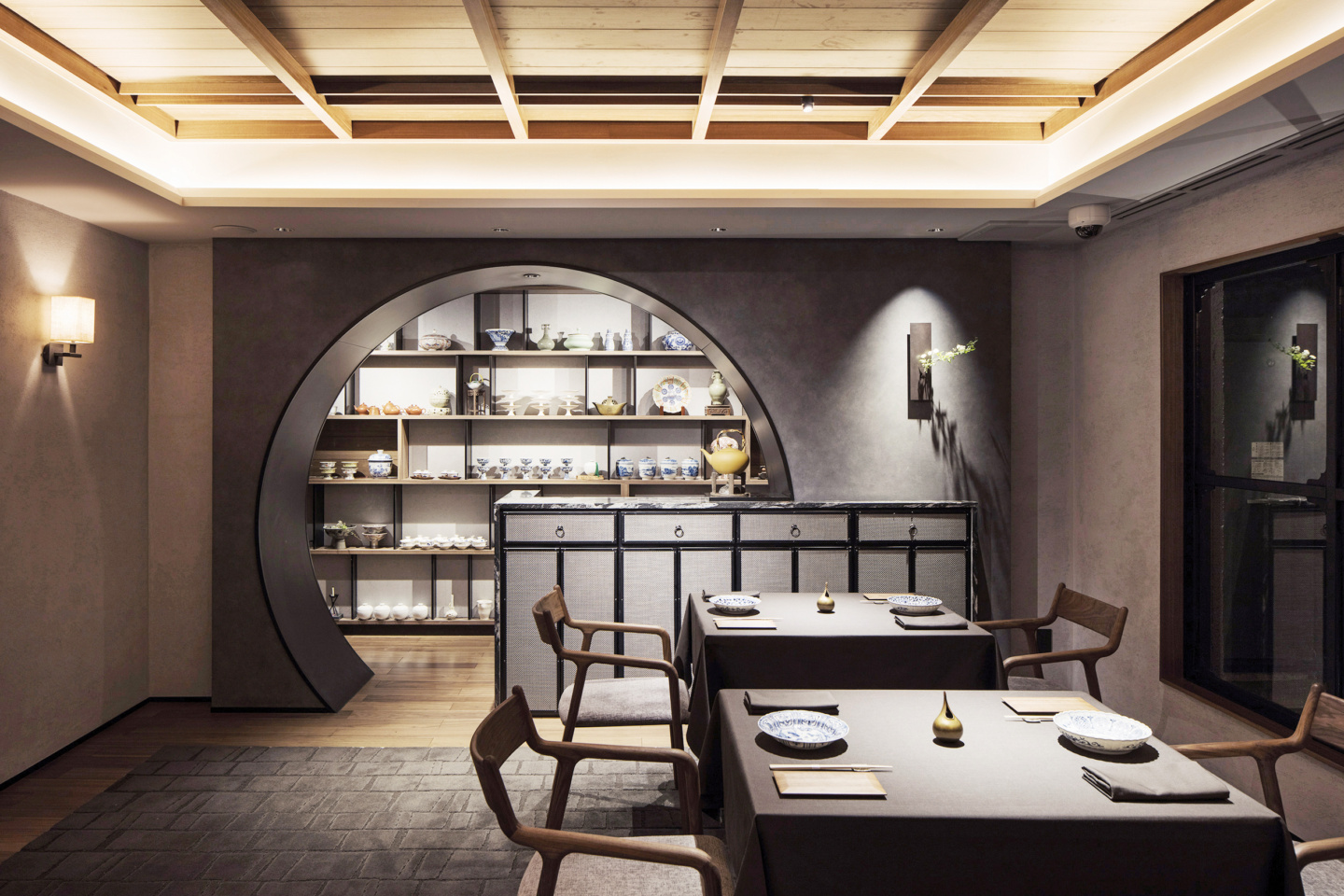
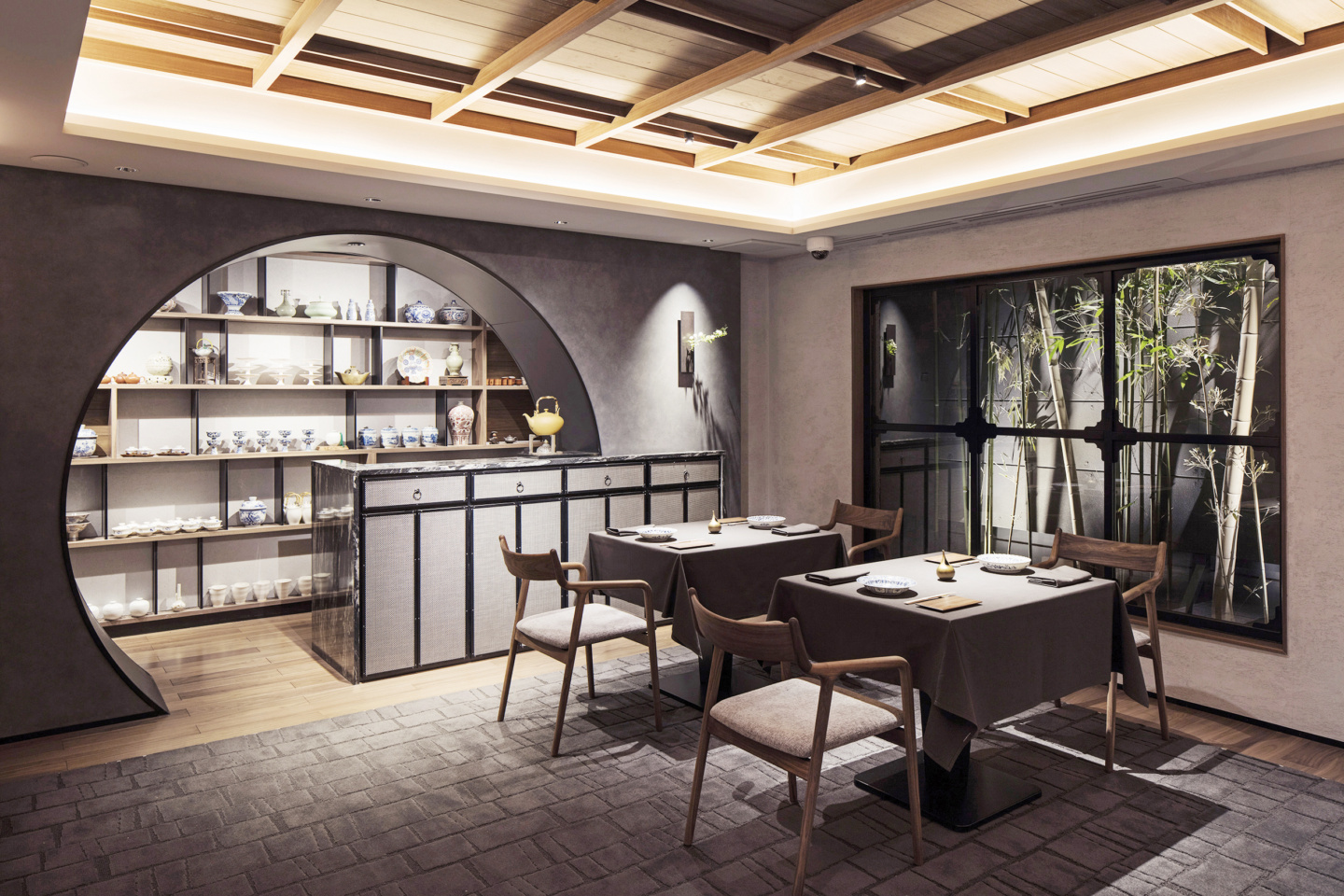
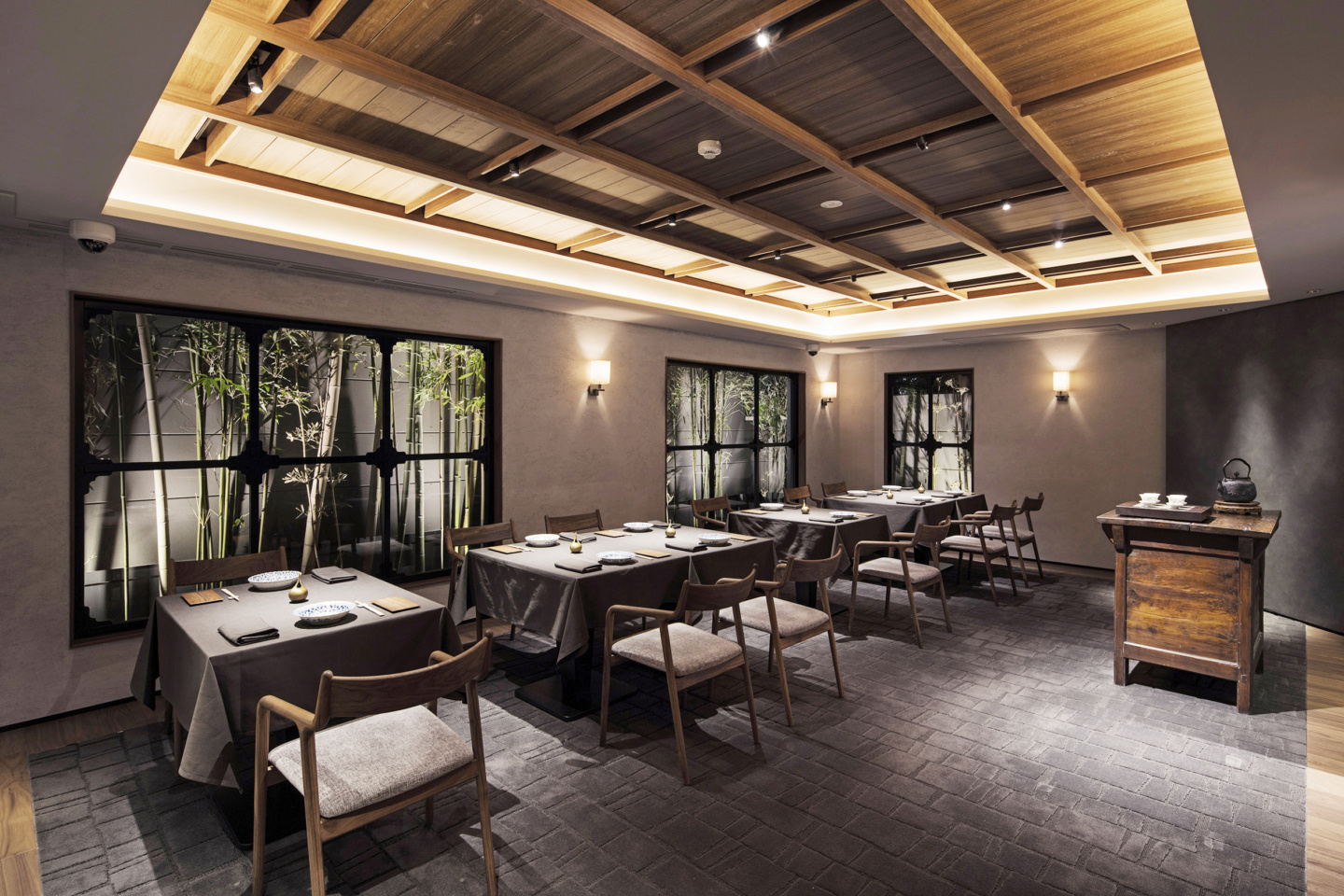
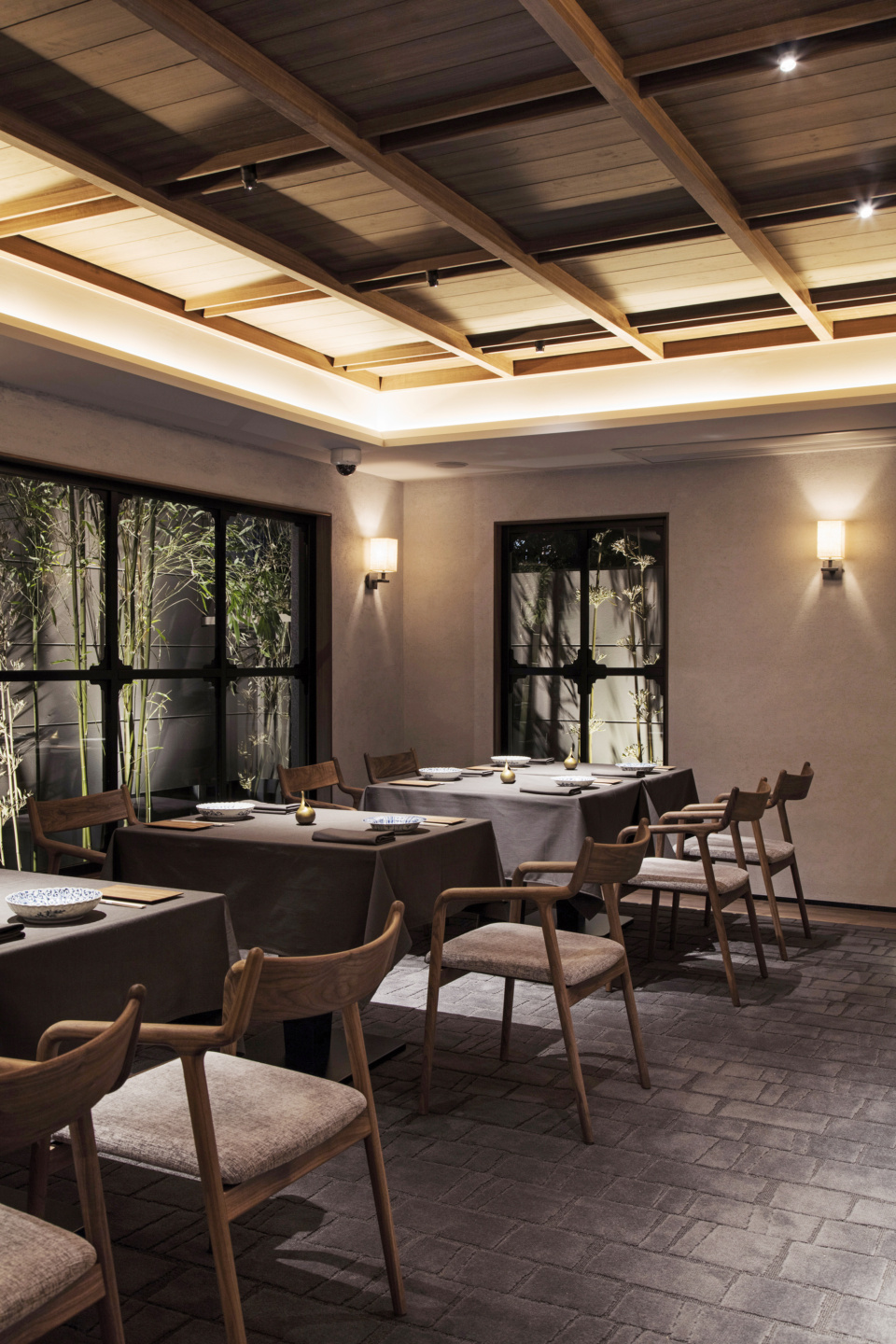
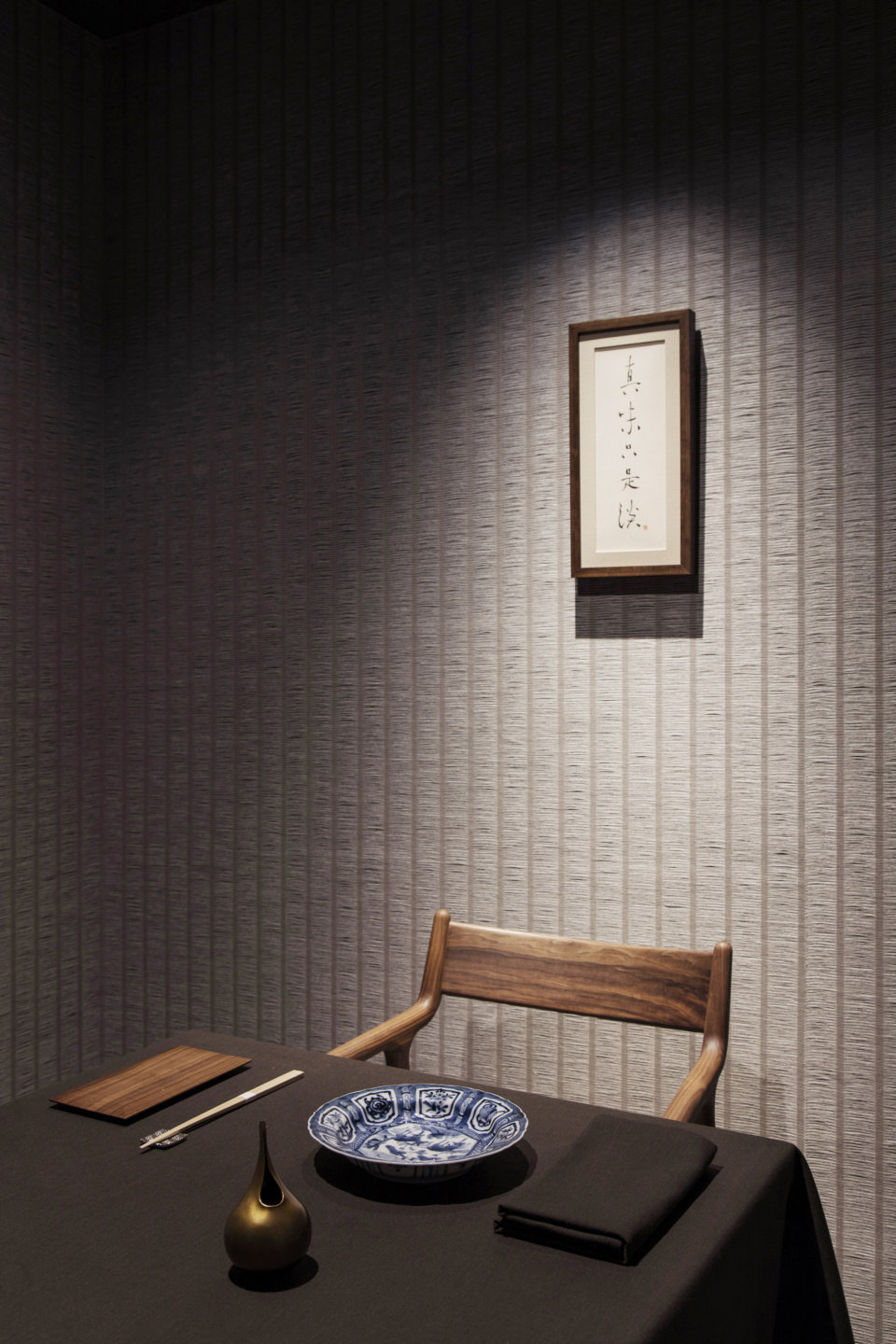
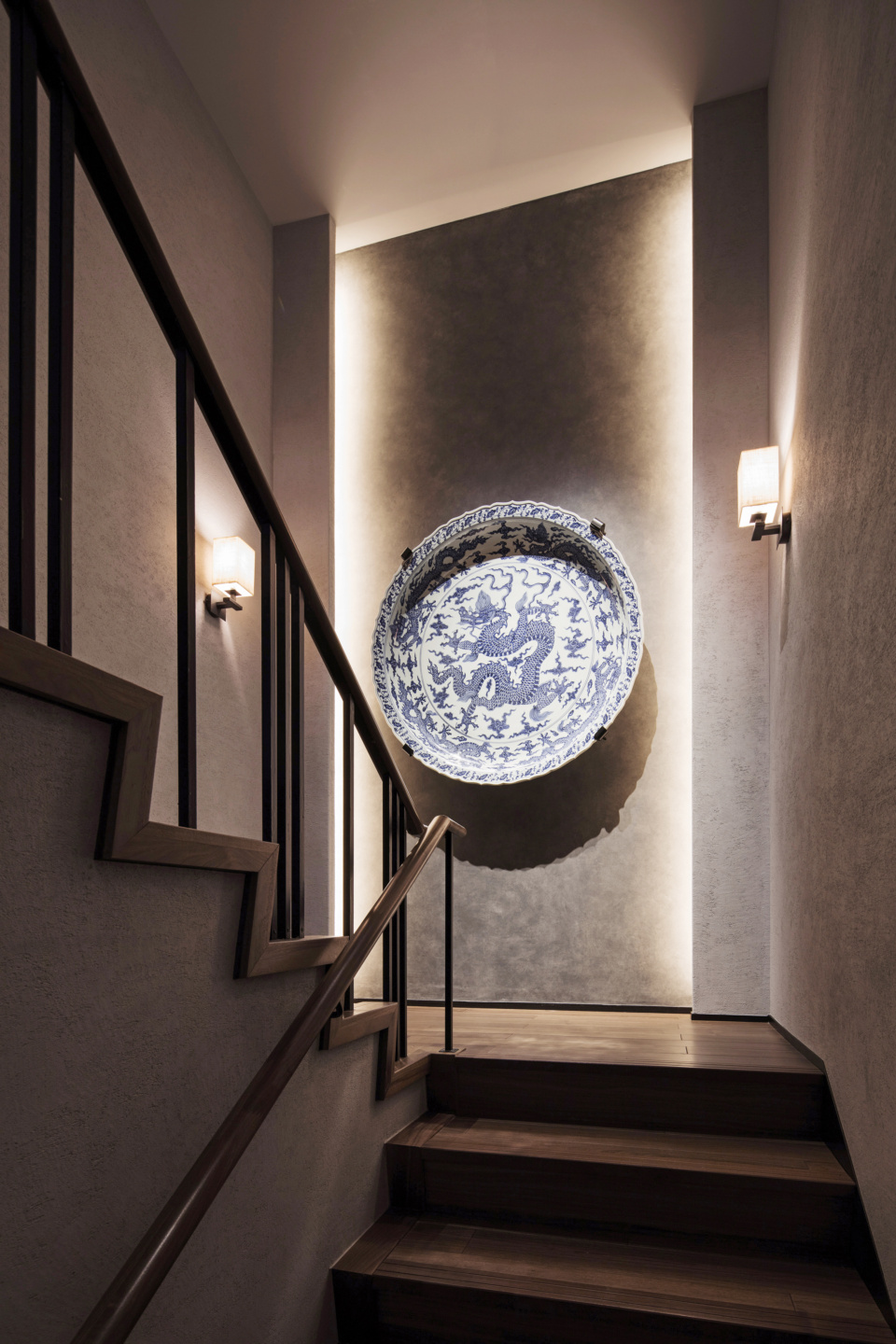
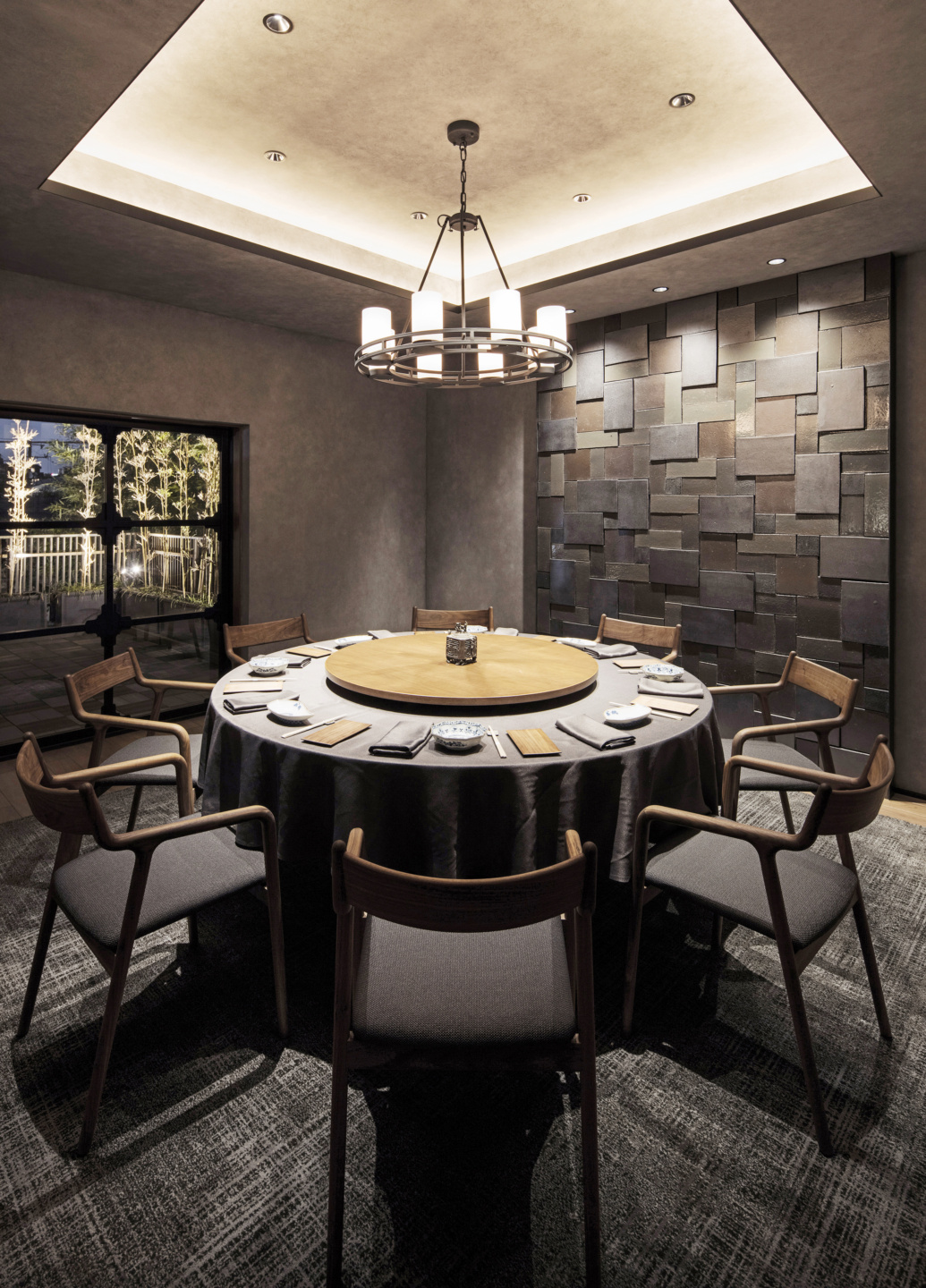
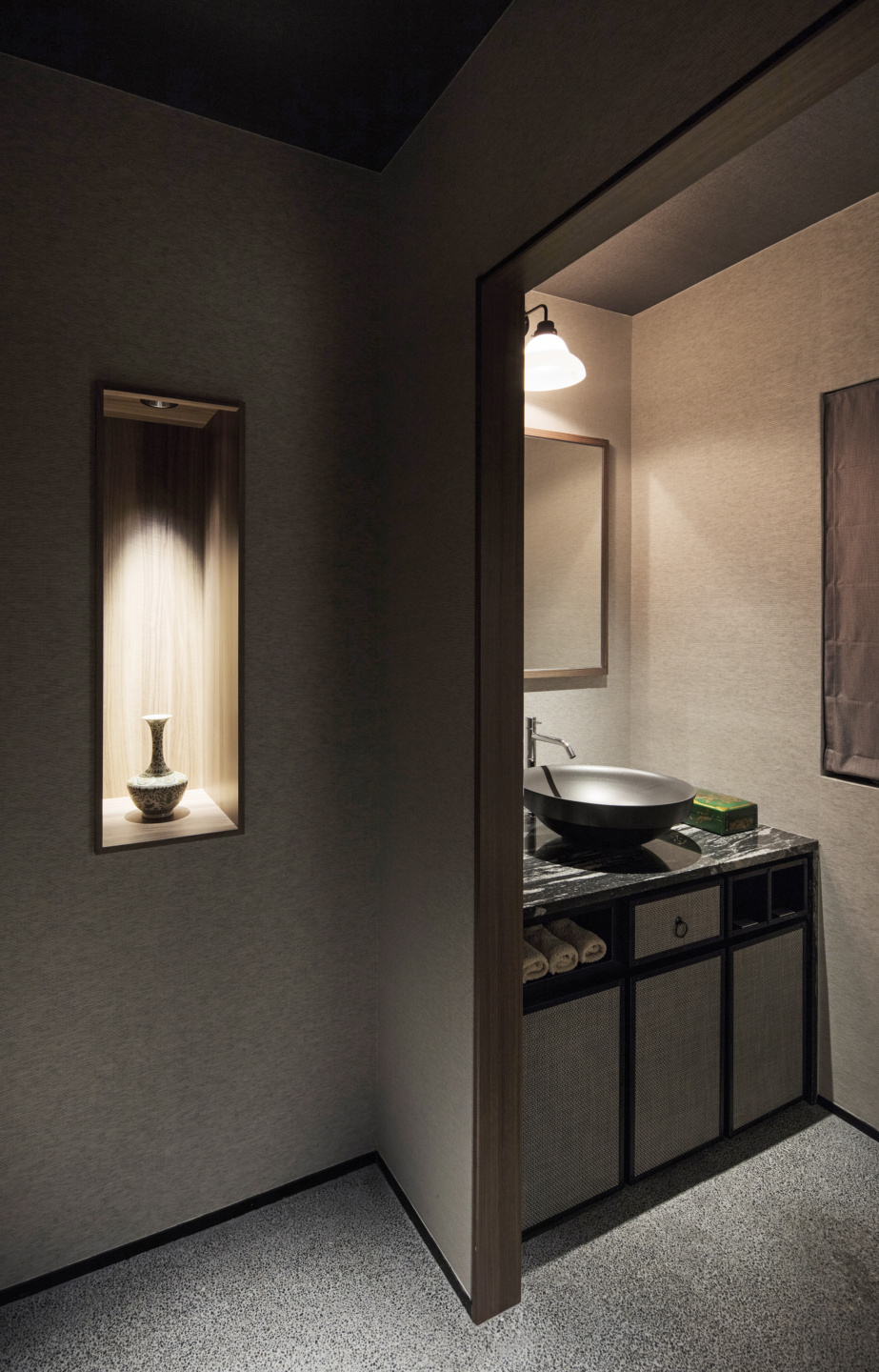
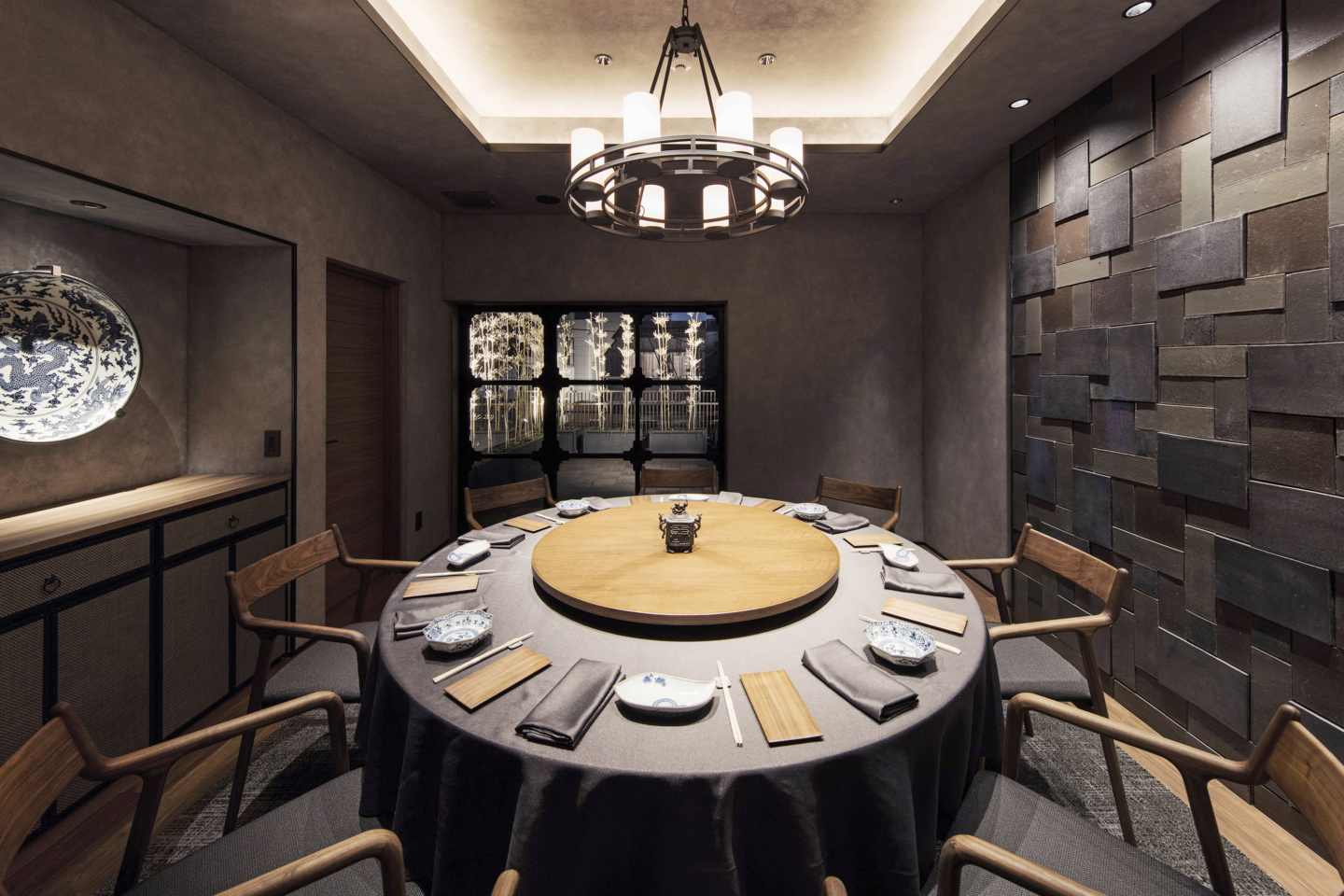
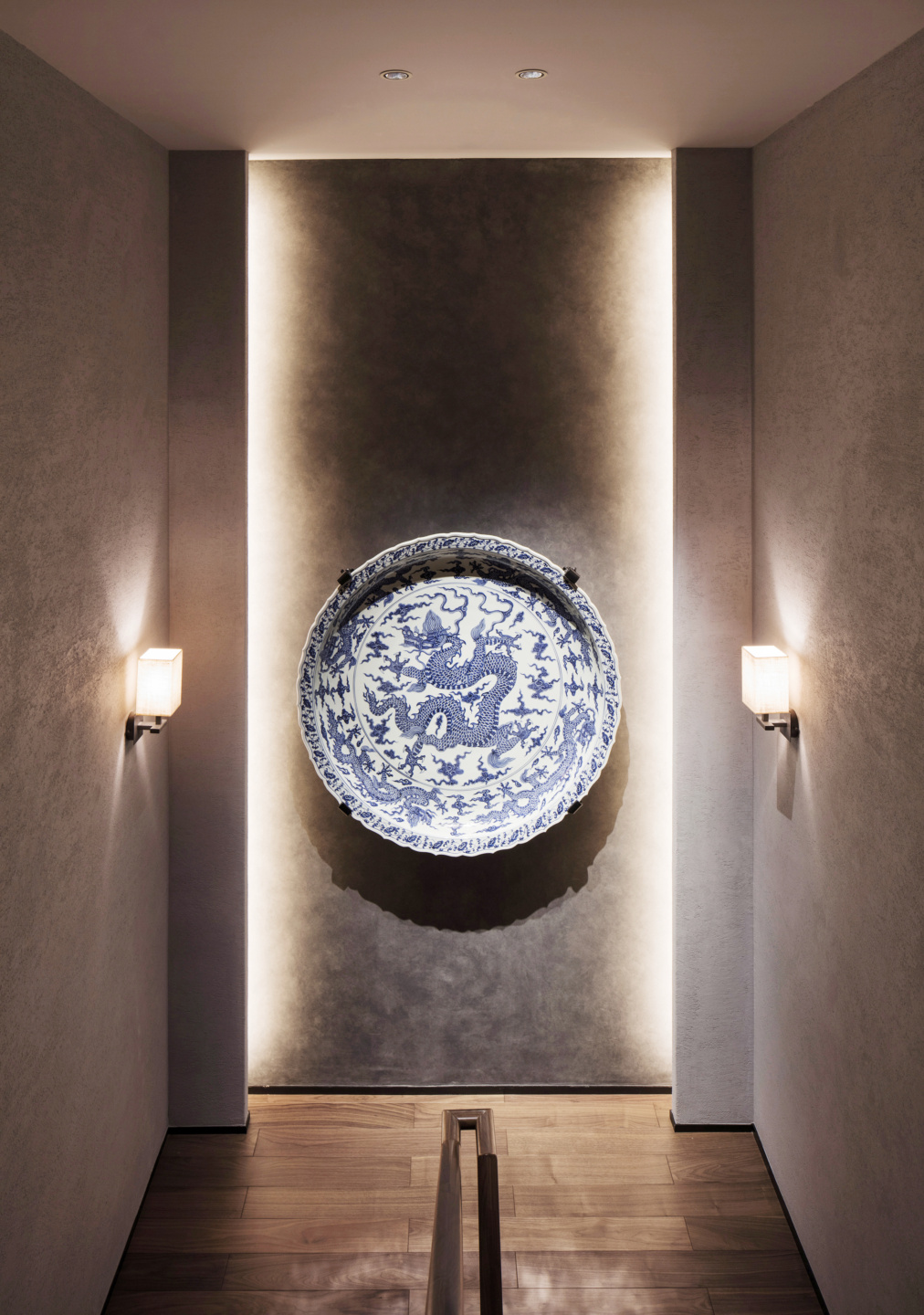
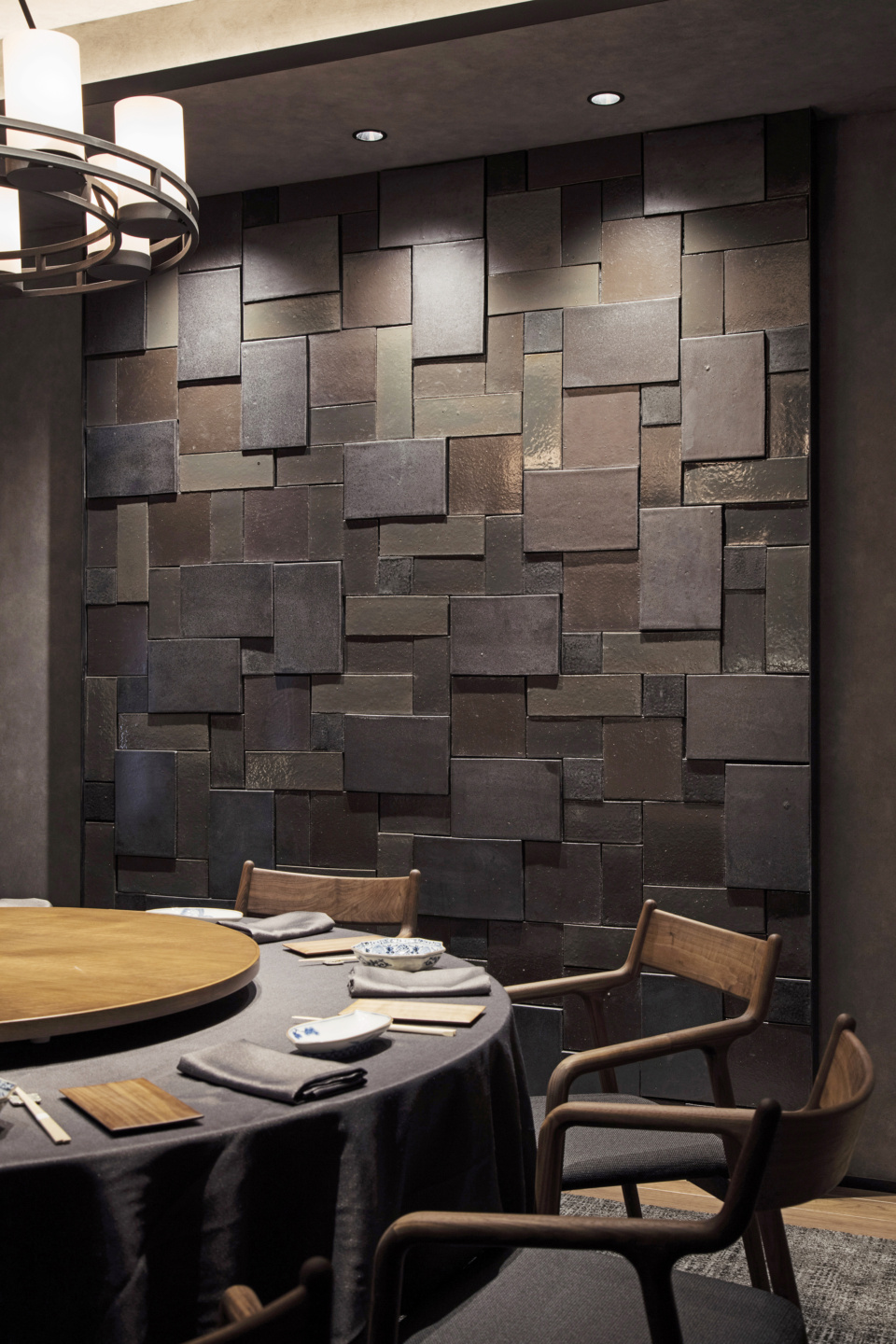
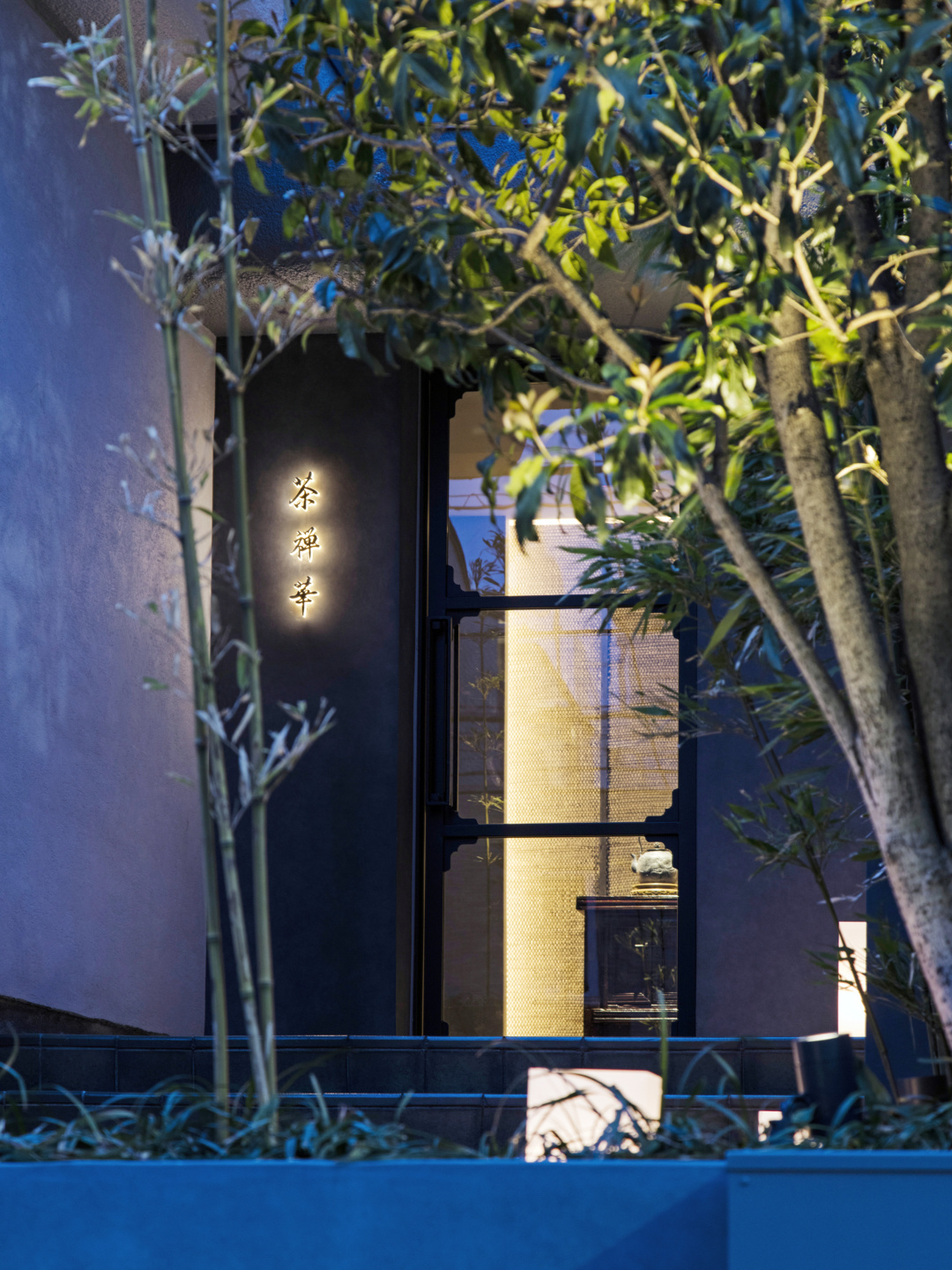
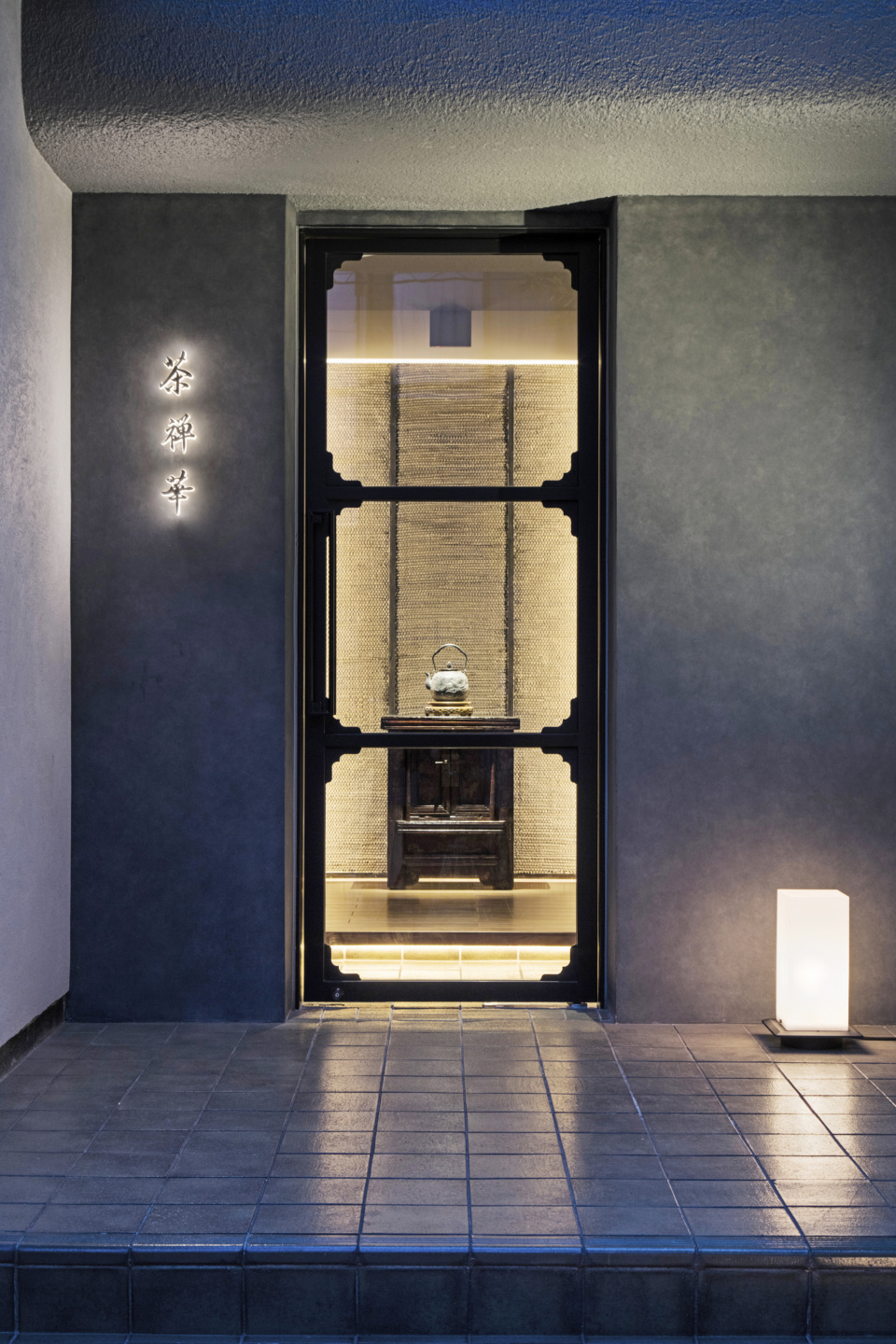
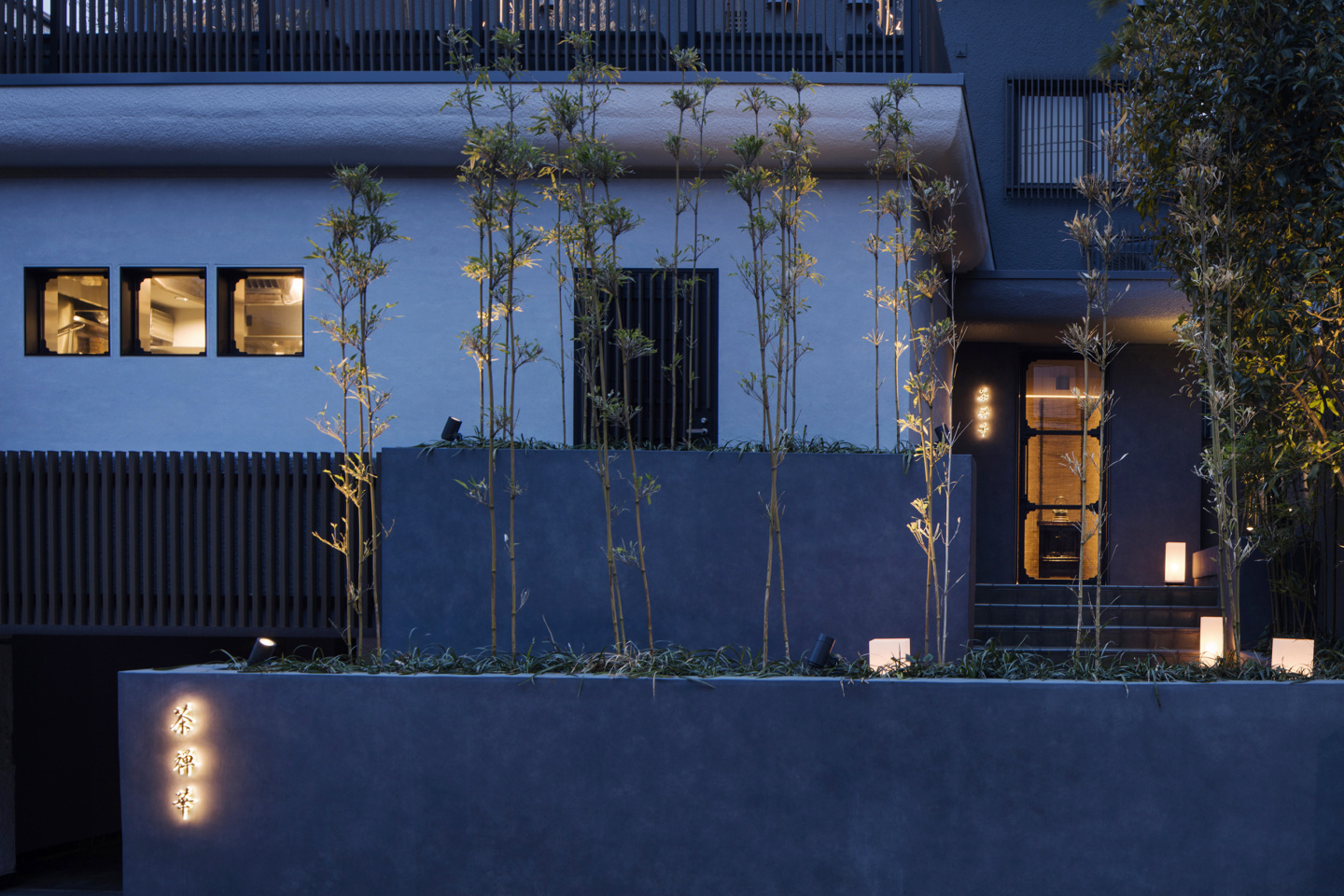

茶禅華















Located in a quiet residential area of Azabu, Sazenka is a Chinese restaurant in a remodeled historical home that was once the residence of an ambassador. With just twelve seats and two private rooms, Sazenka offers a dining experience that is both luxurious and relaxed.
The restaurant’s driving concept is combining “Japanese soul and Chinese learning.” This concept arose in Japan in the middle of the Heian period. At Sazenka, this means that our head chef, who has studied on the front lines of both Chinese and Japanese cuisine, is set on bringing diners an experience that marries the bold flavors of Chinese food with the more delicate flavors of Japanese cuisine to bring out the best in both.
Our initial challenge was how to apply our core concept to the design of the dining space, and the project took off before we had time to find a clear answer. Guest first come through exterior, enclosed in a small bamboo forest, to reach the entrance. Guests are welcomed by a display of the Chinese tea tools that provided the inspiration for the name of the restaurant, and soft light that guides them into the dining area.
High-quality materials like stucco, warm walnut, and mortar walls were chosen for the interior, all meant to be minimalist and chosen for their high quality. The designed lighting provides light and shadow in the dining area, with further casual details added in create an space that feels even more sophisticated. The tea counter and wall display have been created using forms based on Chinese thought in order to serve as the backdrop for this space.
The conclusion that we finally came to was that thoughts and concepts cannot be completely expressed through space alone, and often take no distinct visual shape. We allowed our overall concept to remain fluid as we created the space, but the refined dishes being served there in conjunction with the top-class service brought it into focus. We hope that guests who seek such a dining experience will be impressed by our approach to the concept of Japanese soul and Chinese learning.